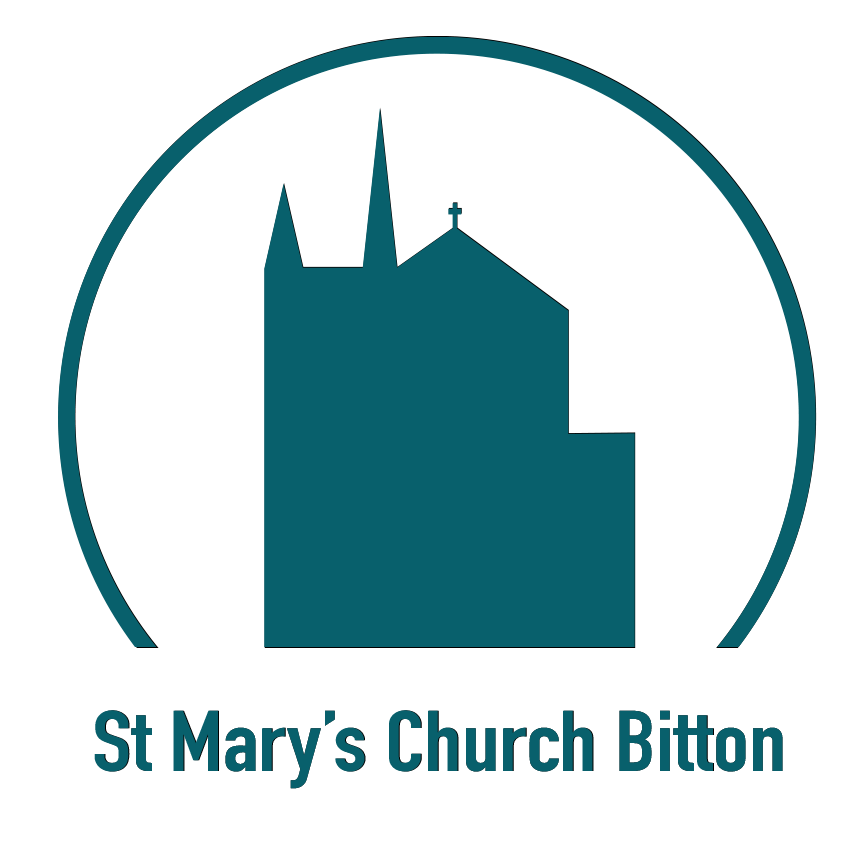1837–1842
Pearsall’s greatest skill as a composer is apparent in his madrigals and partsongs.
In Bristol in January 1837, Edward Taylor, an eminent music historian, delivered a series of four lectures on English vocal harmony at the Bristol Institution. Taylor’s visit inspired the formation of the Bristol Madrigal Society, of which, Pearsall was one of the founding members. The lectures galvanised Pearsall into serious study of madrigal composition, and the BMS profited from the works written for them.
Pearsall was, at the time, on what would transpire to be his his longest stay in England after 1825 (some fourteen months), and had already begun toying with words taken from Morley’s First Booke of Balletts, setting them very simply, in a hymn-like fashion, but exploring the modal possibilities by which madrigals composed in the early 17th century were characterised. Taylor’s visit—and the subsequent new vocal group to compose for—launched Pearsall into an outpouring of works of exquisite beauty. Turning again to Morley, he took instruction in madrigal writing from the Plaine and Easie Introduction to Prackticall Musick (1597).
Between 1837 and 1842, Pearsall wrote some twenty-two madrigals and other partsongs, many of them composed for the Bristol Madrigal Society. The most notable of these works are the two eight-part madrigals, ‘Great God of Love’ (1839)—words by Pearsall, dedicated to J D Corfe, first Director of the Bristol Madrigal Society; and ‘Lay A Garland’ (1840)—words adapted by Pearsall from Beaumont and Fletcher. Both of these pieces display Pearsall’s genius in writing small-scale works for large forces. Eight voices (two sopranos, altos, tenors and basses) allows polyphony in many combinations—two choirs of four, four choirs of two, one choir of eight, etc.—but across these relatively short works, Pearsall interweaves his counterpoint with ravishing harmonies and dissonances, leaving the listener breathless and wanting more. And yet all of this is built upon an Elizabethan model, but clothed in the sumptuous harmony afforded by the 19th century.




